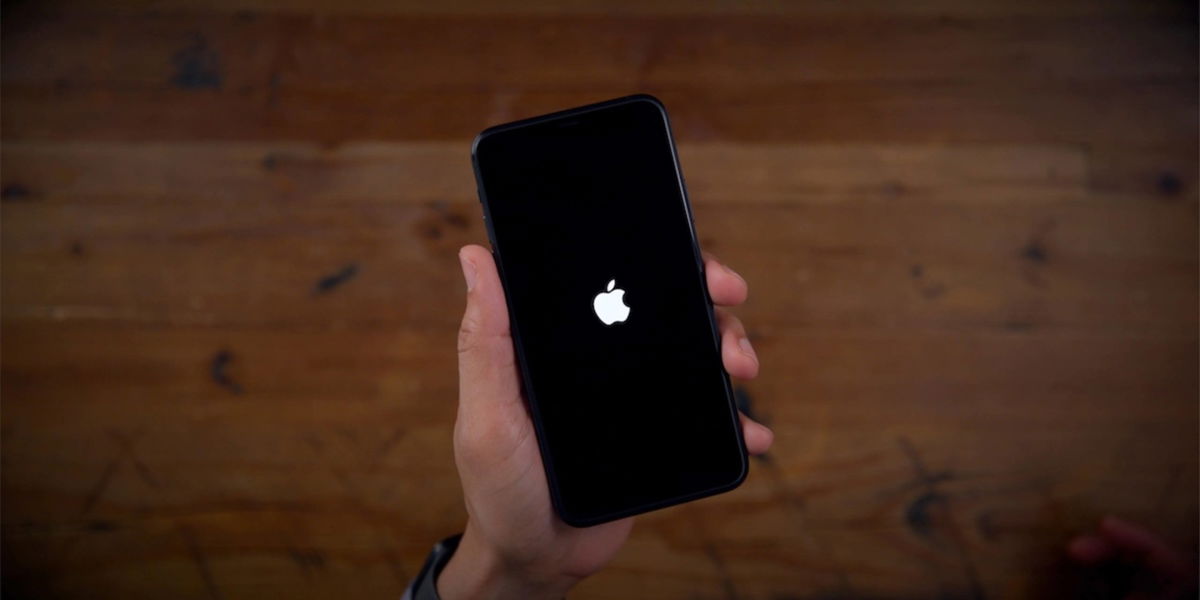To understand the Xiaomi software We have to go back to its origins: nothing would come from the popular Chinese manufacturer if it hadn’t started as a customization layer for Android. MIUI was the company’s original and MIUI 14 the latest version. Lei Jun announced the launch of HyperOS, his new “operating system”. And we put it in quotes because it’s not really a new system as such, but rather an improved iteration of the defunct layer.
HyperOS updates the entire Xiaomi, Redmi and POCO catalog, so you are probably already enjoying the renewed software and its interesting applications and settings: check the gallery, battery protection or hidden button for quick actions. Now, being a continuous evolution, it has inherited many features present in MIUI 14. Thus, What’s new? This is what we will tell next.
Performance and optimization


HyperOS Global running on the Redmi Pad Pro Image by Iván Linares.
MIUI, like the rest of the layers, is based on Android and is therefore built on the Linux kernel, also combining Android libraries. However, the changes imposed by HyperOS have given it a few steps ahead. Xiaomi has been concerned with implementing more complex and profound changes.
One of them is Vela, a low-level layer that in HyperOS works with Google operating system libraries. Going up a notch we find HyperConnect, the system designed to connect the smartphone to other devices with HyperOS, such as smart watches and even cars.
The level of optimization of the new system also provides quite interesting data: it is reduced to 80% memory occupancy for OTA updates (those that arrive directly on the mobile) and also reduces the space needed to install applications by 24%. It’s a lighter system.


Image by Iván Linares
Xiaomi also said during the launch that HyperOS is a 15% faster than MIUI when opening third-party applications. As if that were not enough, the weight of the system is lower than that of the off-layer versions, occupying only about 8 GB. On the other hand, Lei Jun also commented that the internal structure of the system has been rewritten to serve as the basis for billions of devices.
User interface and design
While MIUI is traditionally inspired by Apple’s system and its iPhones, HyperOS has not decided to take a different path. The user interface seems seamless, and that’s not a bad thing, quite the contrary. It was already working well, so I just needed small adjustments here and there.
The infinite settings of Xiaomi mobile phones have been greatly simplified, making them easier to locate when we need them most. Likewise, the Renewed control center It is close to iOS in form and behavior.


The icons have lost the text, the entertainment They have been tweaked in detail, some elements have been reorganized and we can see that the music player is integrated into this Control Center with the basic playback controls.
This place of quick adjustments is more visually beautiful, in addition to editable– The icons have been redesigned and the editing panel is as simple as possible. On the other hand, the home screen adds some options like XXL folders which offer more customization possibilities.
There lock screen customization It has also been redesigned. In HyperOS we find different and varied styles which, in turn, can be modified according to the user’s tastes. To highlight some of these styles, which manage to superimpose our wallpaper on the clock. They are simply awesome.


Many others visual elements The following have also been polished: new widgets, design options in native apps, more dynamic animations, a weather app, more privacy options, advanced textures, and more.
Features and software
The HyperOS approach conditions all its functions: it now focuses on covering a wide spectrum of devices such as tablets, smart watches, smart TVs, cell phones and cars, like the Xiaomi SU7 which has been announced with the new system.
Having to live with so many devices, he had to adapt considerably. As proof, the 64 KB of RAM needed to make it work on IoT devices. Therefore, it has interoperability functions such as the aforementioned Xiaomi HyperConnect.
On the other hand, and as it could not be otherwise, AI comes to Xiaomi. Despite this, some functions such as Hypermind They remain in the company’s original territory. In Europe we can take advantage of some of them, like the Magic Gallery Editor, which now includes various editing tools based on artificial intelligence.


HyperOS has smart features beyond the aforementioned gallery, with smart suggestions which will recommend, for example, opening applications in floating windows. Continuing with AI, facing HyperOS 2.0, Xiaomi will release its ChatGPT. The Notes application will be the first to receive generative AI that will help us make summaries and write texts.
There interconnectivity which bundles devices with HyperOS lets you control your phone from your PC, use the clipboard on multiple devices, or share notifications. To do this, use our Xiaomi account.
In the same way, the system notifications They have been reinvented, with a sleek design. To highlight the system called by the Chinese manufacturer as Spotlight Notification. This gives us a new way to interact with alerts. For example, add buttons next to a countdown notification.
Availability and updates
Regarding the availability of HyperOS, we can say that it is still It’s not as widespread as MIUI. It is not in vain that we have been using the old personalization layer for many years. However, the most recent models from Xiaomi, Redmi and POCO have already taken the plunge.
Another aspect to comment on the HyperOS updates is that they are based on Android 14 by default. This has allowed some mobile phones to experience a second youth, updated to latest version of Google operating system. Of course, the oldest ones who received their dose of HyperOS stayed with Android 13, with a few exceptions.
The correlation between Android and HyperOS will continue to be present, with Android 15 being the start of the second version of this Xiaomi system. Will other terminals be left behind? Sure, but as we’ve mentioned in the past, Xiaomi has greatly improved this section. All you have to do is remember how MIUI worked, in different models, with up to three versions of Android.
In Xataka Android | This secret Xiaomi feature made me forget about gestures and revolutionized the way I interact with my mobile
In Xataka Android | How to install HyperOS on a Xiaomi mobile. All shapes available
In Xataka Android | How to activate the sidebar on a Xiaomi mobile. Boost your multitasking and take it to the next level with HyperOS
Table of Contents












